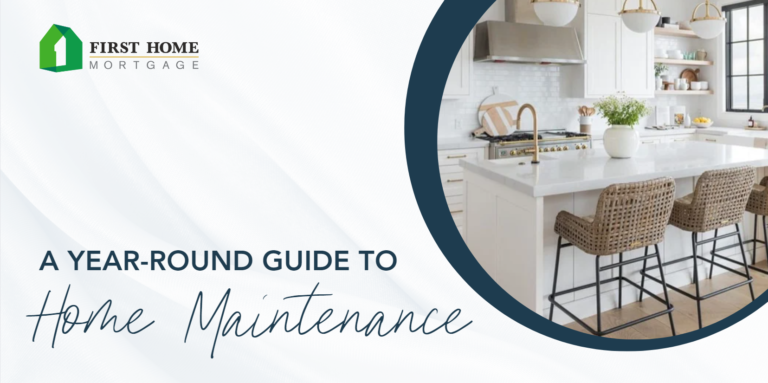
Creating and utilizing a budget is an integral part of everyone’s financial stability and growth. The term “budget” can sometimes get a bad wrap, but it’s not about harsh restrictions. Building a budget just means knowing how much money you have, where it’s at, and where it’s going. If you don’t currently use a budget, here are some tips from experts on how to get started!
Step 1: Write down a full list of your finances.
- This includes assets you currently have in checking, savings, and other accounts (including retirement, college funds, etc.)
- All current debt. (Including car and mortgage loans, student loans, credit card balances, etc.)
- Your current monthly income from all sources.
- Your current monthly expenses, both fixed and variable. Fixed expenses are bills that are the same amount each month. Variable expenses are bills that can vary, such as utilities, and your living expenses outside of bills, such as gas and groceries.
This will give you a good overall grasp of your current financial situation so that you can build a budgeting plan that works best for you.
Step 2: Track your spending
Many experts recommend tracking all your spending for at least one month before developing your budget. This will provide an accurate look at how much you spend on variable expenses each month, so you can create a budget that accommodates your lifestyle.
Step 3: Pick a budgeting style that works for you!
There are several popular budgeting styles out there, and even the pros admit to some trial and error. It’s perfectly okay to try out a few different plans before you settle on one you love! Some popular plans are:

50/30/20 Plan: This plan involves spending 50% of your net income on needs, 30% on wants, and 20% on debt reduction and/or savings. Your “needs” category is anything you can’t live without, such as a place to live, a car to drive, affordable food, and clothing. Everything else you want to spend money on falls into the “wants” category, such as cable, dining out, and shopping. Many have found this to be a highly effective plan for them! For more about the 50/30/20 plan, check out: https://www.thebalance.com/the-50-30-20-rule-of-thumb-453922
Cash Envelope Plan: With this plan, you divide your spending after bills and savings/debt reduction into categories. Examples of these categories would be groceries, gas, fun, shopping, and beauty. You then would determine a set maximum amount you can spend for each category and put that amount of cash into labeled envelopes for each category. You can use the cash from the appropriate envelope for all of your spendings throughout the month. The concept behind using cash envelopes is to encourage you to carefully track all of your spending in different categories, and also promote mindfulness about your purchases. The thought of physically handing over cash has a bigger impact mentally than just swiping a card. For more details on setting up a Cash Envelope Plan, check out https://www.thebudgetmom.com/the-ultimate-guide-to-the-cash-envelope-system/
Reverse Budgeting Plan: This simplifies budgeting as much as possible. You set a firm (preferable aggressive) amount for monthly savings and/or debt reduction. Many people have this amount automatically paid and/or transferred to help enforce the monthly goal. After that, and paying the rest of your necessary bills, money will be free to be spent as you choose. This plan is considered ideal for those who want the best results with the least amount of time and thought spent on budgeting. For more information on Reverse Budgeting, check out: https://www.forbes.com/sites/peterlazaroff/2016/02/29/creating-a-budget-that-works/#63af655b7bcc
Step 4: Review your plan and make adjustments as necessary!
Budgeting is a continual and rewarding process, and since it’s your own lifestyle and finances you impacting, all the freedom to choose is entirely in your hands.
If your goal in boosting your savings and reducing your debt is purchasing or refinancing a home, our loan officers can offer additional insight on mortgage qualifications and mortgage program offerings. Contact us today! https://firsthome.com/find-a-loan-officer/


